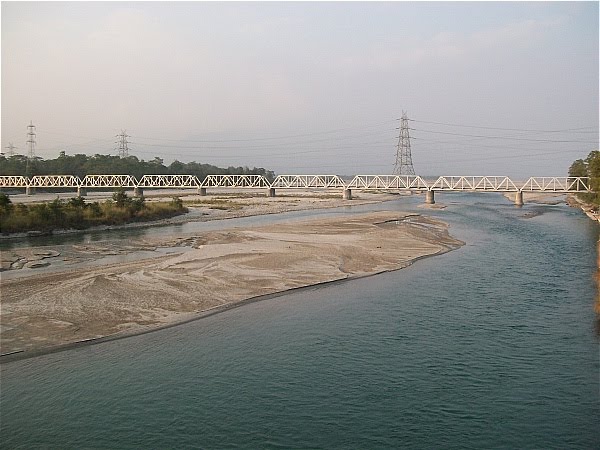Happy New Year to y’all ! What a coincidence that we have reached 2010 and my blog visitor counter installed in September this year says that there have been 201 visitors from around the world since. Just a ‘zero’ away from the number of the year and I hope I reach there by the ‘zero’ hour of the next year. Ah! How valuable is a zero when placed in the right place. (Reminds me of a dialogue in a recent movie that I watched – purportedly the most disastrous box office failure of the year 2009 – Rocket Singh wasn’t really that bad. In fact it was pretty good – but I guess it will take another decade before the regular Bollywood audience starts appreciating movies of this genre.)
Another year has passed and I am yet to understand why we celebrate a ‘New Year’ or a ‘Birthday’ when life continues the very same manner the very next day. Call me a pessimist but look at it in this way - if we would spare all the money and time that we spend in celebrating these events and channelize them to bring some happiness in the lives of the sick, poor or destitute will we not be able to make the world a much better place than it was last year? If you don’t spend that Rs. 3000 to attend that club tonight for the zero hour party and buy a blanket and some rice for one of the homeless would it not bring more satisfaction to you? You have fed your pet dog or cat all these years, why not spend some tonight for that stray dog/ cow? If you cut down on the fire crackers tonight and call in those poor little kid in rags that you saw playing the drum for his sister while she danced and somersaulted to grab your attention while your car stopped by the traffic signal and offer them a scrumptious meal and a few toys would that not make you happier and the world a little lesser polluted?
I am writing this entry on the train back home and I had a very pleasant experience a few moments back. Coincidentally I had an acquaintance from CRS office, Pradeep, on my neighbouring seat. Having rushed from Dr. Sen’s farewell to the station, I hadn’t had my lunch but I already had something in my lunchbox that I had carried to the office. I didn’t feel like having that so I bought myself something on the train instead. Pradeep suggested I give it to one of those kids that keep the floors clean and so when one of them did come to sweep, he asked him if he would like to have some food. It was as if the poor kid was waiting for someone to ask him that – the ‘yes’ came instantly and we emptied the lunch box on a piece of paper for him. The happiness that was so evident on his face filled my heart with glee and I have to thank my friend Pradeep here for arousing the goodness in me and giving me a joy that transcends any other pleasure that I have experienced since a while. Sometimes we need people to bring out the nicer side of us through their goodness – they are like ‘mediators’ of goodness. It’s nice to have mediators around you and its good to be one yourself sometimes.
When the year begins, we all make resolutions, most of which we break but regardless of how they end, they are usually things that we do for our own betterment – like stopping to smoke or going on a healthy diet. Only a few of us tend to think selflessly for others and make resolutions that bring joy or betterment in the lives of a larger population or bring a positive change for the world that we live in. Why not make a resolution this year to plant at least 10 trees this year or use lesser petroleum run vehicles and use your legs for distances that you know are walkable or use lesser paper than usual ( what are computers for after all?) or share your knowledge and educate one illiterate. You have probably been a good person and donated in various organizations but have you been responsible enough to know if every penny that you have donated has been used in the right manner? Why not put your money this year where you can bring a change in someone’s life not just by donating but also by doing things yourself? Wouldn’t that bring a greater pleasure and satisfaction? We all are busy in things that we do and the downturn in the global economy has pinched all our pockets but you don’t need time or money to be a good Samaritan; all you need is a caring heart. Care for someone this year – make that your New Year resolution.
Caring for your family is your duty but caring for the underprivileged would create a better world.




































